Heat insulating cylinders: features and purpose
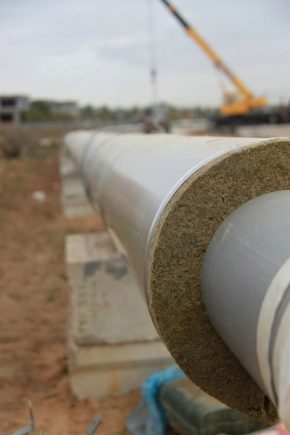
Until recently, all pipelines had to be carefully insulated or buried below the freezing level of the soil. Such methods were laborious, and the insulation did not last long. The situation has changed for the better with the appearance of heat-insulating cylinders for pipes on the construction market.
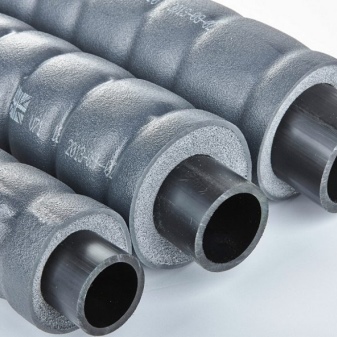

What it is?
Thermal insulating cylinders are insulation for water supply and sewerage systems, gas pipelines, heating networks, etc. It is clear from the name of the material that it has a cylindrical shape and performs the function of protecting steel and other metal, polyethylene pipes from freezing. Acts as a shell for pipes, preventing heat loss.
Due to the fact that the cylinders are put on the pipe or its section directly during assembly, it is possible to achieve a tighter fit, which means higher thermal efficiency.
The material is distinguished by its versatility and can be used in both civil and domestic spheres, for open and underground pipelines, as well as systems through which superheated liquid is transported (the temperature reaches 600 ° C).
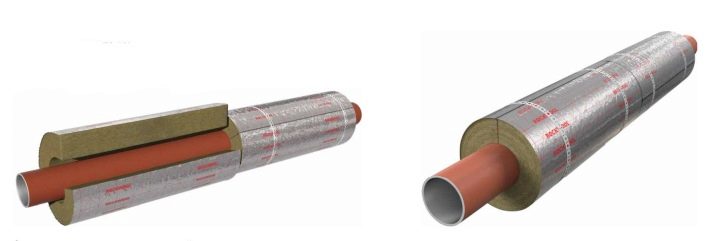
There are several types of cylinders, but all products of this type must meet the following requirements:
- low thermal conductivity;
- sound insulation characteristics when it comes to large diameter pipes;
- weather resistance when it comes to systems on the surface of the earth;
- chemical inertness, resistance to aggressive effects;
- moisture resistance, vapor permeability, frost resistance.

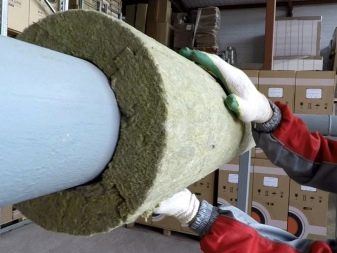
Views
Let's consider the main varieties.
- Most of the insulating cylinders are made from mineral wool, mainly stone. As a basis, rocks (gabbro and diabase) are used, as well as additives (carbonate rocks) and a binder of organic origin. In their production, winding technologies are used, that is, layers are being wound. This ensures the uniformity of the thermal conductivity coefficient over the entire surface of the pipe.
- Another type of cylinders are products foamed polyethylene... Outwardly, they are pipes that have a longitudinal section along their entire length on one side. The standard length is 2000 mm, the diameter ranges from 18 to 160 mm. It is the size of the diameter that forms the basis for the classification of products of this type.
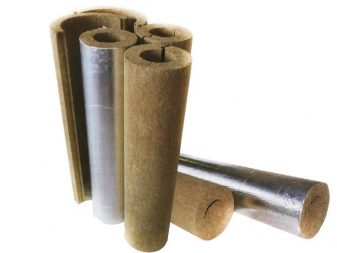
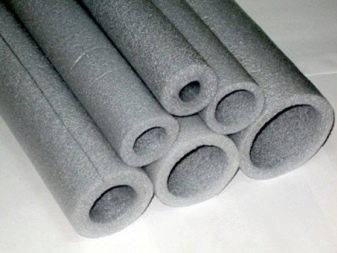
- Cylinders have a completely different look made of expanded polystyrene... They are half-cylinders called shells. Each of the halves has a spike and a groove, when installed, the halves are slightly offset, after which the locking mechanism is connected. Overall dimensions of polystyrene insulation: length - 2000 mm (sometimes there are products with a length of 1500 mm), diameter - from 32 to 530 mm, thickness - within 30-100 mm.
- Cylinders made of polyurethane foam (PPU) is an example of a heater that has the highest technical characteristics. They also have the form of a half cylinder, the outer side of which is equipped with paper, foil or fiberglass fiber. This provides not only a presentable appearance of the products, but also protects the surface of the polyurethane foam from the harmful effects of sunlight, and increases the weather resistance. The polyurethane foam "shell" also has a length of 2000 mm, with a diameter of 32-1220 mm and a thickness of 30-60 mm.The tightness of the connection of the halves during installation is ensured by the presence of a fold and a groove on each of them.


- Finally, there are the so-called perlite-cement and ceramic heaters for pipes. They, like dyes and primers, are applied to the pipe surface. Such coatings are especially in demand on highly curved surfaces. In addition to thermal efficiency, the coatings demonstrate good adhesion, moisture and weather resistance, and low weight.


Depending on the presence of the outer layer, the cylinders are available uncoated and coated. The latter can be an aluminum foil layer, a fiberglass layer or protective galvanized casings.
Relatively recently, another type of coating has appeared - outside, which is a fiberglass mesh, on which a layer of foil is applied.

Specifications
- In terms of their density, the cylinders correspond to dense stone wool mats. Specific gravity products ranges from 150-200 kg / m3. This provides the required rigidity of the material and resistance to mechanical stress. It can withstand a distributed load of up to 700 kg / m².
- Coefficient of thermal conductivity is similar to the indicators of thermal conductivity of mineral wool insulation and is equal to 0.037-0.046 W / m * K. In addition to thermal insulation qualities, the cylinders are distinguished by sound insulation properties. The sound absorption coefficient reaches 95 dB (all products, except for expanded polystyrene).
- The material does not retain moisture between the pipe surface and the insulation due to high vapor permeability (0.25 mg / m² * h * Pa). The resulting condensate is discharged outside the insulation, which protects pipes from corrosion and mold due to high humidity.

- The certificate of conformity indicates that water absorption cylinders should be 1%. Moisture that gets on the surface is not absorbed by the material, but literally settles in drops on its surface. High moisture resistance, in turn, guarantees the resistance of the coating to low temperatures. Mineral wool insulation is more susceptible to moisture. Any insulation, when wet, loses its thermal insulation properties. In this regard, when using mineral wool cylinders, it is necessary to take care of a high-quality waterproofing layer. Roofing material can be wound over the cylinder, bitumen mastic can be applied, or a waterproofing membrane can be fixed.
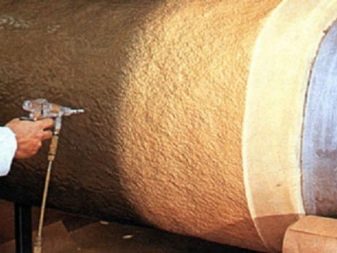
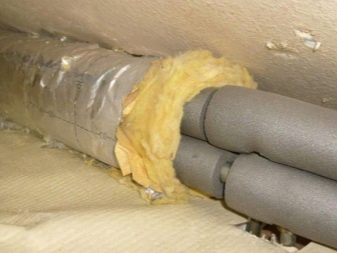
- Another advantage is fire safety cylinders for pipes made of mineral wool, foamed polyethylene and polyurethane foam. The material is considered non-combustible (NG) or has a class G1 (low-combustible materials) when it comes to products lined with aluminum foil. Expanded polystyrene heaters, depending on the type, have a class of indicators from G1 to G4 (low-combustible - highly combustible).
- Cylinders are weather resistant and resistance to high and low temperatures. For example, the thermal range of operation of mineral wool cylinders is -190 ... + 700 ° C, which makes them the best option for thermal insulation of heating pipes and chimneys. But analogues made of expanded polystyrene are not suitable for heating pipes, since the temperature of their use is -110 ... + 85 ° С. If it is necessary to use them on pipes, the temperature of which exceeds 85 ° C, a 3-cm layer of mineral wool insulation is first wound on them, and then the "shell" is fixed.
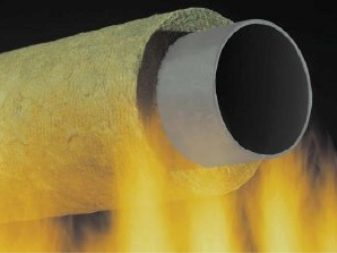
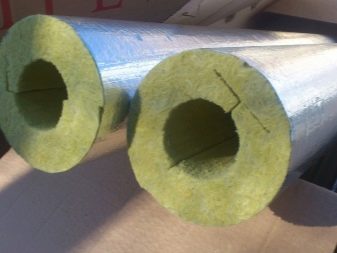
Dimensions (edit)
The dimensions of the cylinders are determined by their diameter. So, the smallest dimensions are for products made of foamed polyethylene, the diameter of which starts from 18 mm and ends with 160 mm. Mineral wool counterparts can also have a small diameter of –18 mm. However, the range of internal diameters in such products is wider - the maximum diameter is 1020 mm.
Slightly large sizes are characterized by polystyrene foam and polyurethane foam cylinders. Their minimum inner diameter is 32 mm.The maximum dimensions of the diameter of the polyurethane foam cylinders exceed those of the expanded polystyrene counterparts.
Minor dimensional changes occur within the range of individual manufacturers. In addition, almost all of them (especially Russian brands) offer custom-made cylinders according to the customer's size.
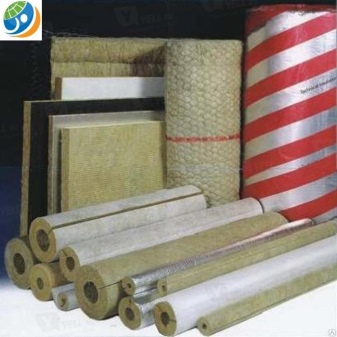

Components
A set of cylinders, in addition to the pipe (or "shell"), includes various elements that allow you to isolate such complex sections of the pipe as tie-ins, transitions, elbows. Bends are used to insulate bends and bends of pipe lines. Tees allow thermal insulation of the joints of horizontally and vertically oriented systems.
For a more secure fit and a snug fit, clamps are used. Edge compression of the pipe is ensured by using a plug.

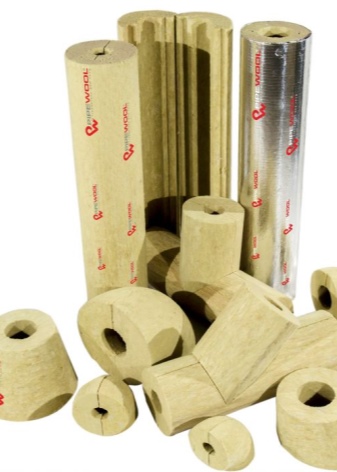
Manufacturers overview
- Today brand products enjoy the trust of buyers and receive good reviews from specialists. Knauf, URSA, Rockwool, ISOVER... Despite the higher cost compared to the materials of some other brands, these heat insulators are in great demand. This is due to the fact that the products fully comply with the declared technical characteristics, have an attractive appearance of finished products, are distinguished by safety and the presence of all components, which ensures simple and quick installation.
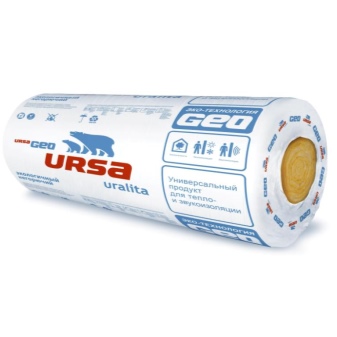
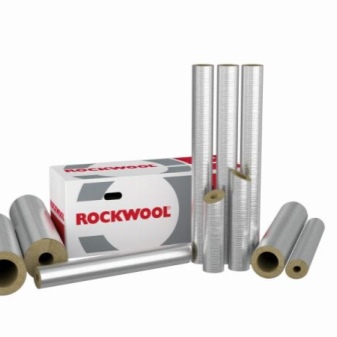
- Among domestic manufacturers, whose products are not inferior in their properties to European counterparts, but have a lower cost, they distinguish TechnoNICOL, Izorok.
- The leading position among manufacturers of insulation for pipes made of foamed polyethylene is occupied by the company Energoflex.
- Products of the brand are in demand among the expanded polystyrene cylinders "YEW".

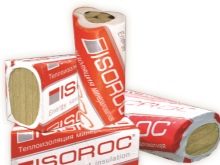
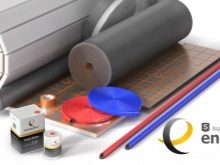
How to choose and calculate?
Each type of cylinder has its own area of application. In other words, when choosing a particular product, one should first of all assess the conditions of its operation.
- So, mineral wool insulation are considered the most vulnerable - they must be protected from moisture and environmental factors. However, when properly installed, they demonstrate low thermal conductivity, incombustibility and biostability.
- Cylinders foamed polyethylene will be used for insulating small diameter pipes. However, due to their instability to mechanical damage, it is better to use them inside residential buildings.
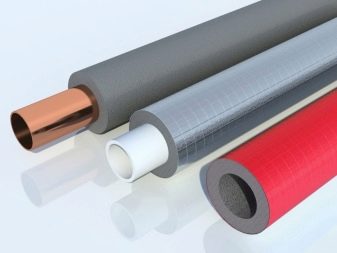
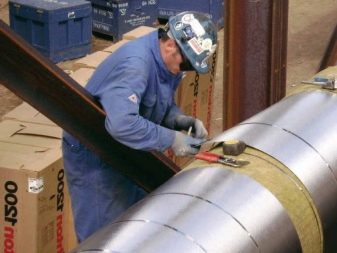
- Expanded polystyrene the cylinders or segments are thermally efficient, moisture resistant and durable, but attractive to rodents and are combustible materials that can ignite and sustain combustion. In addition, they have a small thermal range of operation and cannot be used to insulate hot water pipes, systems through which heated liquids circulate.
- Versatile and truly reliable is the option from polyurethane foam... It has a long service life, is nonflammable, has a low coefficient of insulation, and provides sound absorption. Polyurethane foam "shells" do not become food or a home for rodents.
For joints, you should purchase construction tape (with internal thermal insulation) or foil tape with an adhesive base (if work is carried out outdoors).

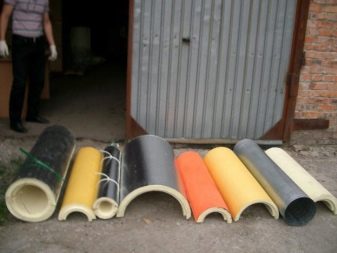
For the calculation, it is necessary to take into account the area of the pipe, the conditions of its operation and the material of manufacture, the thickness of the insulation. It is more convenient to make calculations using special formulas.
Recommendations for use
Regardless of the type of cylinders, it is recommended to observe the following rules for their operation and installation, which will extend the period of maintenance-free use of products.
- Thermal insulation and pouring of polyurethane foam of street pipes should be carried out only in dry weather. It is unacceptable to cover wet pipes with a cylinder, as this will negatively affect the condition of the insulation.
- Metal pipes require pre-painting.It is better to use primers or powder coloring compositions for this.
What features need to be considered when insulating pipes in a house can be found in the following video.













The comment was sent successfully.